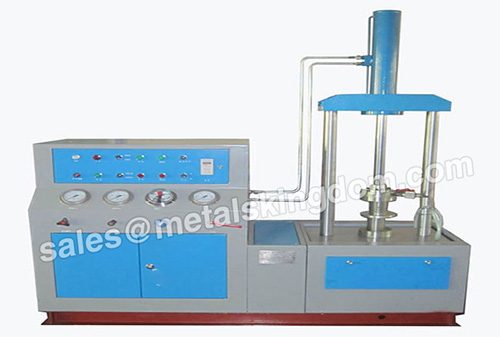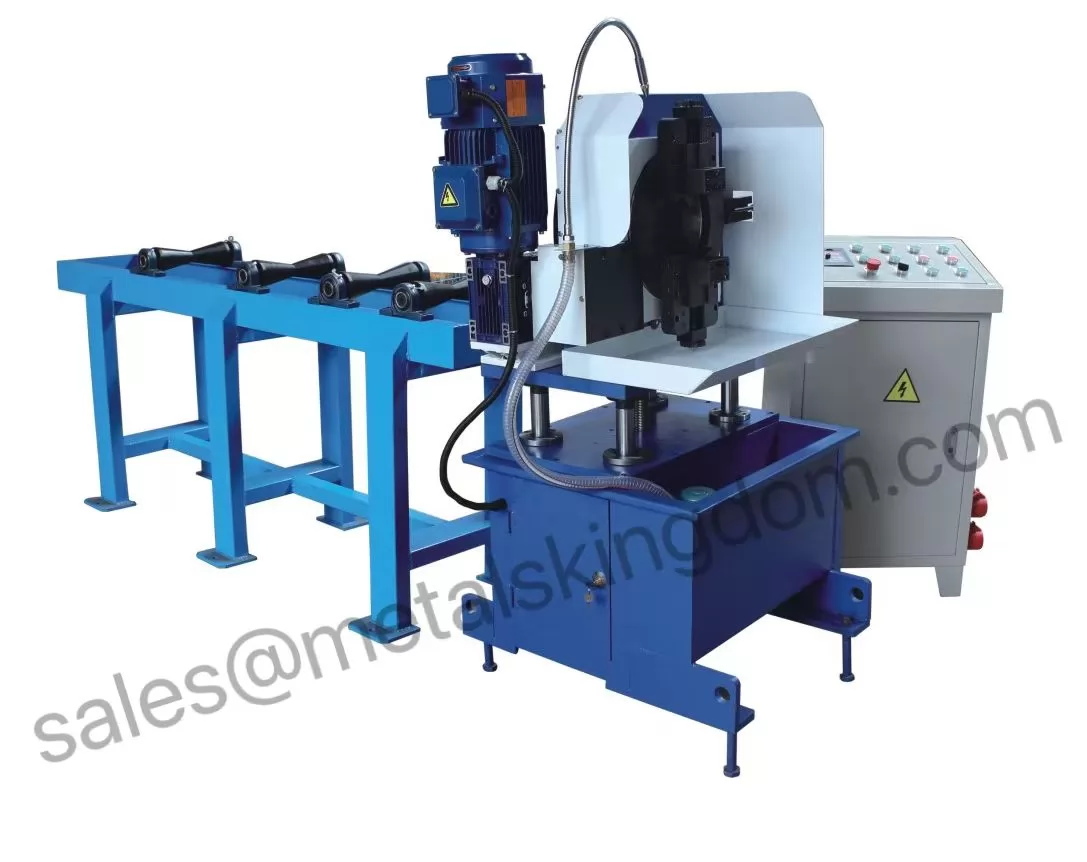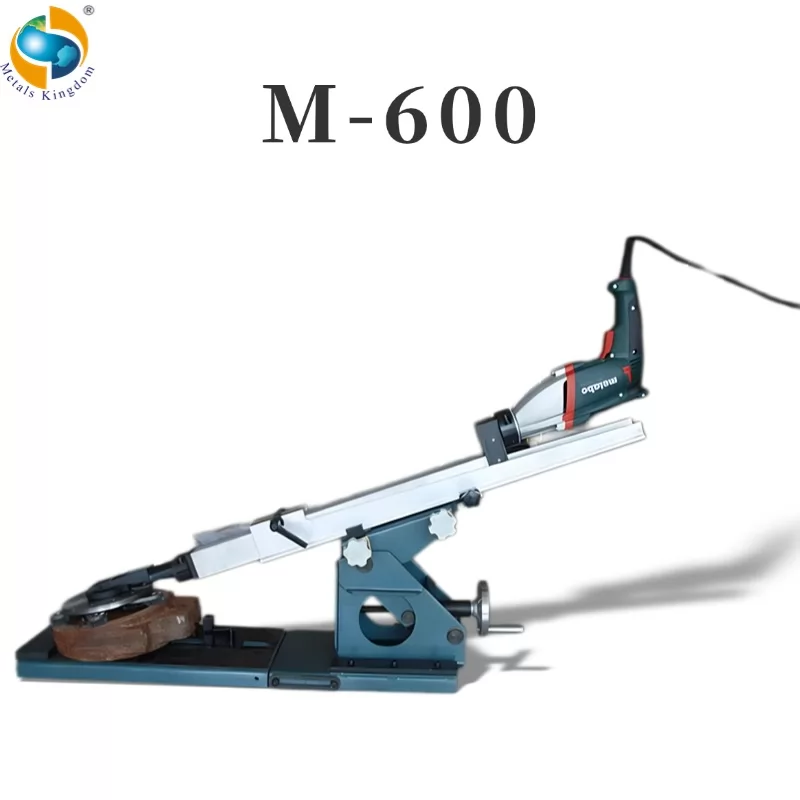According to relevant standards, the pressure test items of industrial valves include shell test, upper seal test, and seal test. The test methods and steps of each test item are as follows:
1. Shell test
1.1 Close the inlet and outlet ports of the valve, the valve is partially opened, and the test medium is filled into the rigid shell to drain the air in the control of the Xiangmen body, and gradually increase the CMP to 1.5 letter 9 to maintain the test face pressure, and then Check the conditions of all parts of the housing (including the inverted body, bonnet connecting flange, stuffing box and other connections).
1.2 During the shell test, for valves with adjustable stem seal structure, the stem seal should be able to maintain the test force of the valve during the test; for non-adjustable stem seals (such as "O" seals, fixed single rings, etc.) , No visible leakage is allowed during the test.
1.3 If there is a gas medium shell test requirement in the order contract, the liquid medium test should be carried out first. After the test result is qualified, the liquid in the body cavity is drained, the inlet and outlet ports of the valve are closed, the valve is partially opened, and the valve is immersed in water. And take corresponding safety protection measures. Fill the valve housing with gas and gradually increase the pressure to 1.1 times the CWP. It is required to maintain the test pressure and observe whether there are any bubbles in the water leaking.
3. Sealing test method
3.1-General requirements
3.1.1 During the test, the sealing surfaces of valves with other structures, except for plug valves with oil seals, should be clean. To prevent the sealing surface from being scratched, a layer of lubricating oil whose viscosity does not exceed kerosene can be applied.
3.1.2 For valves with two sealing pairs and a cavity structure in the valve body and bonnet (such as gate valves, ball valves, plug valves, etc.), the cavity shall be filled with the test pressure medium during the test.
3.1.3 Except for check valves, for valves with a specified flow direction, the test pressure shall be applied in the specified flow direction.
3.1.4 The test pressure shall be in accordance with 4.7 of the standard GB/T 13927.
3.2 Seal test inspection

Valve Pressure Test Equipment
Test methods for different valve types
Gate valve, ball valve, plug valve:
Close both ends of the valve, the opening and closing parts of the valve are in a partially open state, fill the valve cavity with test medium, gradually increase the pressure to the specified test pressure, and close the opening and closing parts of the valve; keep the test pressure at one end for the specified time and release The pressure at the other end, check the leakage of that end.
Repeat the above steps and actions to change the direction of the valve for testing and inspection.
Globe valve, diaphragm valve:
Close the end of the valve that is unfavorable to the valve seat sealing, close the valve opening and closing parts, fill the valve cavity with test medium, and gradually increase the pressure to the specified test pressure, and check the leakage at the other end.
Butterfly valve:
Close one end of the valve, close the opening and closing parts of the valve, fill the valve cavity with test medium, and gradually increase the pressure to the specified test pressure, and keep the test pressure unchanged within the specified time. Check for leaks at the other end. Repeat the above steps and actions to test the valve direction.
Check valve:
In the closed state of the valve, close the outlet end of the check valve, fill the valve with test medium, and gradually increase the pressure to the specified test pressure, and check the leakage at the inlet end.
Double cut and discharge structure:
Close the opening and closing parts of the valve, fill one end of the valve with test medium, and gradually increase the pressure to the specified test pressure, keep the test pressure unchanged within the specified time, and check the leakage at the screw plug holes of the two valve seats. Repeat the above steps and actions to change the direction of the valve to test the leakage at the other end.
One-way sealing structure:
Close the opening and closing parts of the valve, close the end according to the flow direction indicated by the valve mark, fill the test medium, and gradually increase the pressure to the specified test pressure, and keep the test pressure unchanged within the specified time. Check for leaks at the other end.
We are the Valve Test Bench Supplier. Our company provides high-quality valve pressure test equipment. If you are interested in our products, please feel free to contact us.












